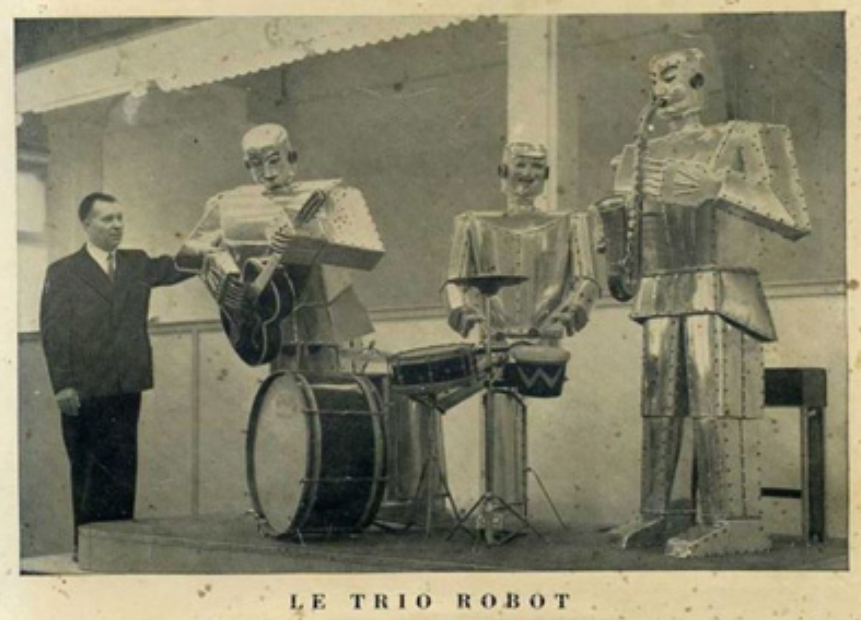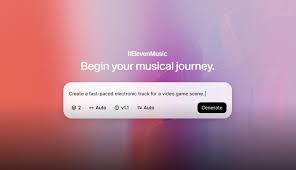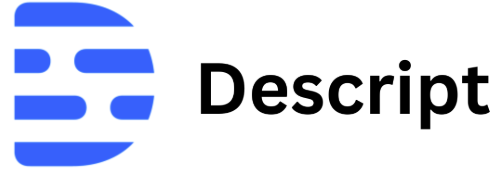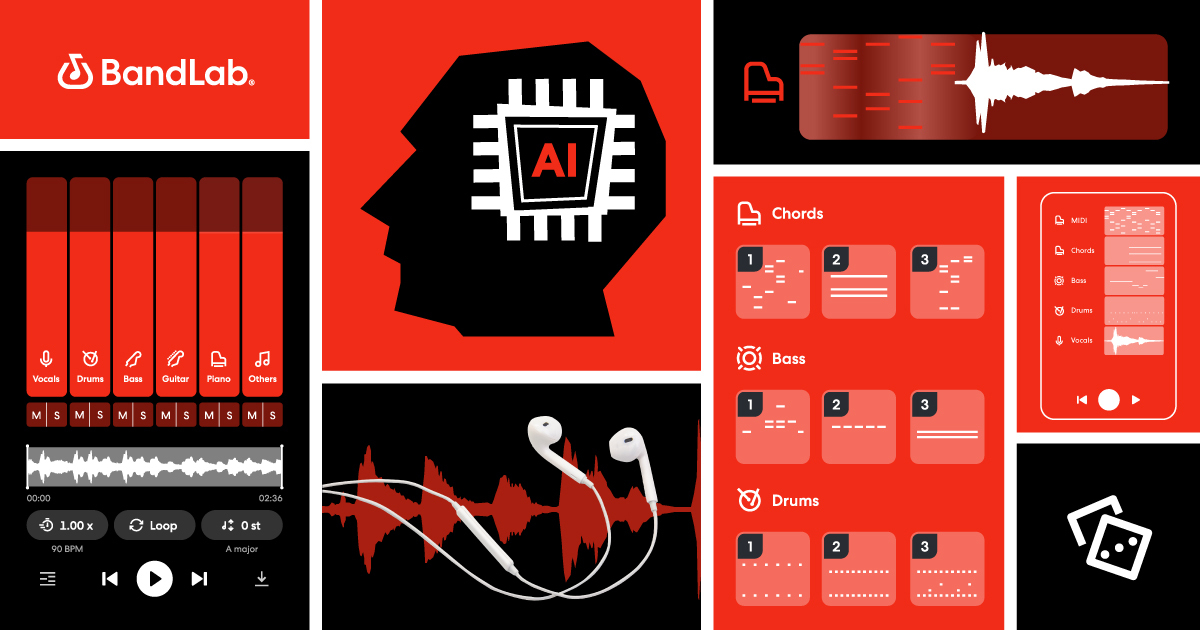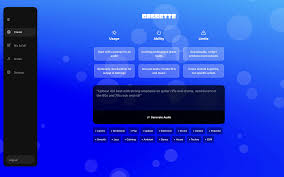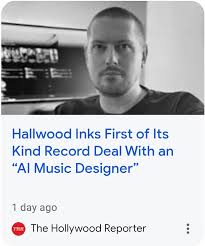If you’re running ads on YouTube, Instagram, TikTok, or anywhere across the web, you know that music can make or break your creative. It sets the mood, reinforces the brand, and drives viewer engagement. But with rising licensing costs and tight production deadlines, more advertisers are turning to AI tools like Mubert and Soundraw to generate fast, royalty-free, campaign-ready music.
But which platform is better for your needs?
In this in-depth comparison of Mubert vs Soundraw for ad campaigns, we’ll explore pricing, licensing, user experience, creative control, and real-world use cases—so you can choose the right AI music generator for your next marketing push.
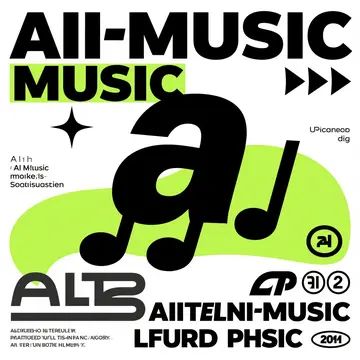
Why AI Music Matters in Advertising
Before we dive in, let’s look at why AI-generated music is taking over ad creative workflows:
?? No copyright headaches
?? Faster than custom composition
?? Cheaper than licensing stock tracks
?? Flexible and customizable by mood or genre
?? Perfect for scaling multi-version ads across platforms
Both Mubert and Soundraw offer these benefits—but the way they deliver them is where things differ.
Overview: What Are Mubert and Soundraw?
Mubert
Mubert is an AI music generator that creates infinite, royalty-free music streams using an algorithm trained on real human samples. It's widely used for short-form content, background loops, and quick ad audio. Mubert also offers an API, ideal for scaling ad creative automatically.
Key features:
Real-time music generation (Mubert Render)
License customization by use case (YouTube, TV, App)
Creator Plan and Enterprise-level solutions
Music available in genres like lo-fi, electronic, hip-hop, ambient
Soundraw
Soundraw is an AI music platform designed for structured video content, including ads. It lets users choose length, genre, instruments, and even video structure. It excels at matching audio with transitions in video ads.
Key features:
Adaptive music that fits video editing structure
Stem-level customization (e.g., mute drums, extend chorus)
Royalty-free license for commercial use
Optimized for YouTube, Meta, and TVC ad formats
Pricing and Licensing: Which Offers Better Value for Advertisers?
| Feature | Mubert | Soundraw |
|---|---|---|
| Starting Price | Free plan (limited use) / Creator Plan at $11.69/mo | $16.99/month |
| Commercial License | Yes (with Creator or Pro plan) | Yes (included in paid plan) |
| Client Use Allowed | Yes, on Pro/Enterprise plans | Yes |
| API Access | Available for automation | Not available |
| License Certificate | Yes | Yes |
Mubert is slightly cheaper and offers scalable licensing tiers.
Soundraw is better suited for editors needing structure, though pricing is a bit higher.
If you're doing volume-based ad generation or want to embed AI into your workflow, Mubert’s API is a win.
For one-off ad campaigns or YouTube promos, Soundraw is intuitive and solid.
Creative Workflow Comparison: Mubert vs Soundraw
| Step | Mubert | Soundraw |
|---|---|---|
| Select Genre & Mood | ? Yes | ? Yes |
| Set Video Structure (Intro, Verse, Outro) | ? No | ? Yes |
| Real-Time Preview | ? Yes | ? Yes |
| Download Stems (e.g. instruments separately) | ? Not directly | ? Yes |
| Music Sync to Video Length | ? Manual | ? Auto-matched |
Perfect if your ad has a specific timeline, transitions, or dialogue pacing
Allows structural editing—change the drop timing, mute vocals, stretch sections
Mubert Advantages:
Generates infinite loopable audio, perfect for background ads, product demos, or “evergreen” ad content
Offers mass generation for A/B testing or programmatic ad platforms
Real-World Use Case: Instagram Ad Campaign
Use Case: A fashion brand needs 15-second vertical ad music that’s upbeat and dynamic.
With Mubert:
Choose “Fashion/Trendy” genre
Set duration to 15 sec
Render 10 variations
Export and license instantly
Works well for low-budget, high-volume ads
With Soundraw:
Choose “Upbeat Pop”
Set structure to intro → hook → outro
Customize instrumentation
Perfect for aligning music with visual transitions or voiceover pacing
Bottom Line:
Mubert = fast, scalable, low-lift
Soundraw = refined, editor-friendly, narrative-aligned
Which Platform Is Better for You?
| Use Case | Choose Mubert If... | Choose Soundraw If... |
|---|---|---|
| TikTok / Shorts / Reels | ? Yes | ? Yes (with trimming) |
| YouTube Ads | ? Yes | ? Yes |
| Corporate Commercials | ? (Pro plan needed) | ? Strong fit |
| Video Editing with Precise Cuts | ? Limited | ? Excellent |
| Programmatic Ad Platforms | ? Mubert API | ? Not available |
| Sound Design Flexibility | ? No stem editing | ? Full stems, full control |
Final Thoughts: Mubert or Soundraw for Ad Campaigns?
If you're a solo creator, small agency, or startup brand looking to move fast, stay legal, and keep costs low, Mubert is a strong pick. It’s incredibly fast, scalable, and versatile for background and social ad use.
But if you're a video editor or production team needing tighter control over structure, pacing, and emotional beats, Soundraw offers more depth, especially for story-driven or layered advertising content.
Ultimately, the best choice depends on your workflow:
Need volume, speed, and automation? → Go with Mubert
Need creative control and video sync? → Choose Soundraw
FAQs: Mubert vs Soundraw for Advertising
Which is better for social media ads?
Mubert is great for rapid production and short-form formats like Reels and TikTok. Soundraw is better if your ad relies on video rhythm or narration.
Do both support commercial use?
Yes, as long as you’re on a paid plan. Free plans are not sufficient for monetized or client-facing content.
Can I use them in YouTube monetized videos?
Yes, both platforms include commercial-use licenses, and you can download license certificates for YouTube Content ID disputes.
Which platform allows stem-level editing?
Only Soundraw allows direct editing of instruments and sections after generation.
Is there an API for large-scale ad automation?
Mubert provides an API that allows you to automate audio generation for hundreds of creatives.
Learn more about AI MUSIC

